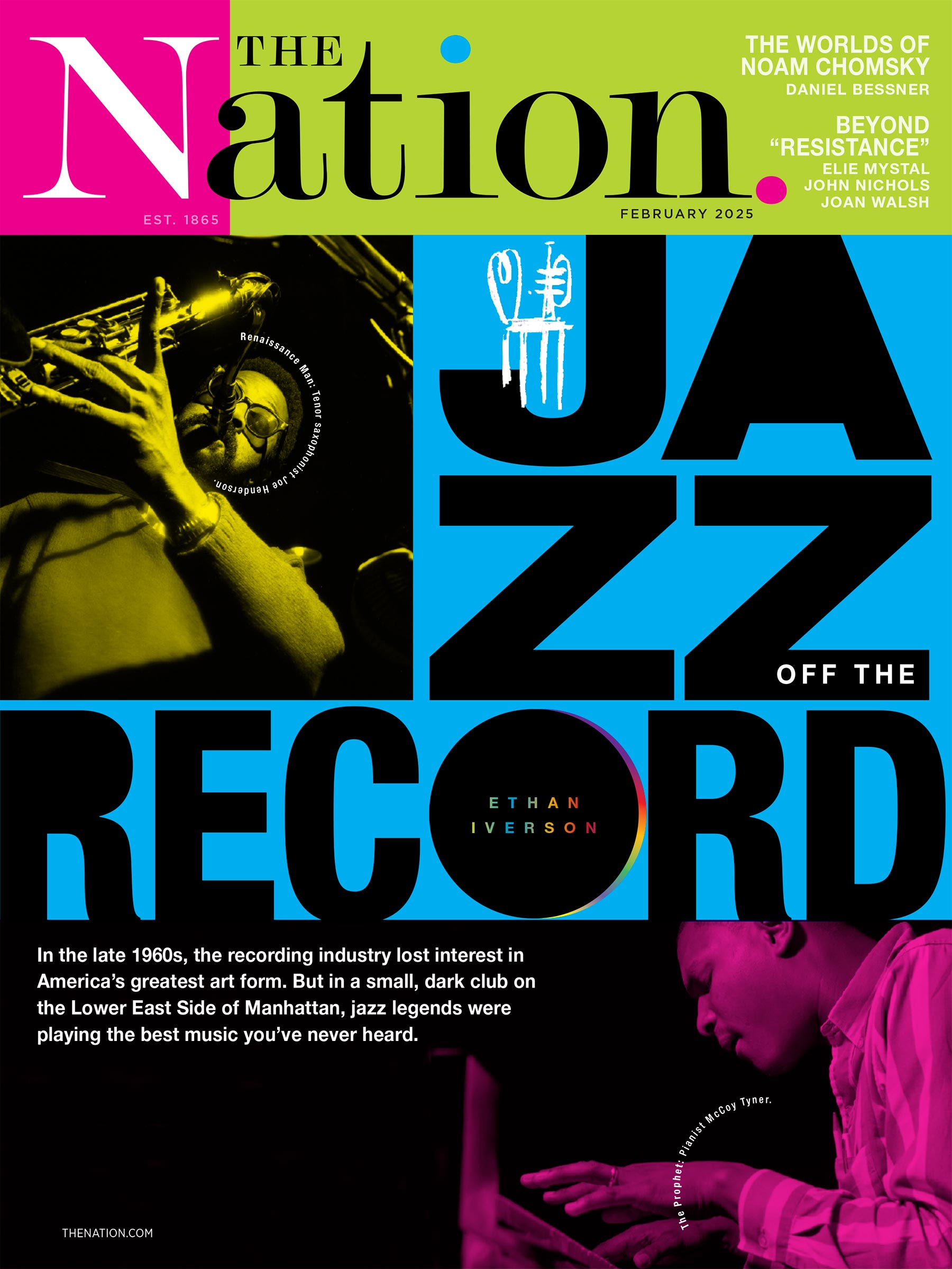From the vantage point of national politics, it would appear that the greedy, inequality-dependent version of capitalism, which just two years ago was teetering at the brink of extinction, has managed to survive, even tightening its grip on our so-called democracy. After all, the most striking quality of the status quo is its perpetual resilience. So it’s even more striking when viable alternative models blossom from grassroots organizations led by the low-income people and people of color most often locked out of the status quo. It’s potentially revolutionary when these alternatives point to a new vision of real economic democracy.
One prime example is the $80 million “community economy” created by the Alliance to Develop Power, in western Massachusetts. ADP is a membership organization comprising roughly 10,000 mostly low-income African-American and Latino leaders. Traditionally, ADP does what most community-organizing groups do—address issues that negatively affect their members, agitate for change and build their base for the next fight. But in its twenty-two-year history, ADP has done things a bit differently. “At the end of every issue campaign, our goal is to create an institution that our members control,” says outgoing executive director Caroline Murray. ADP members don’t want to continually fight those who own the economy. “We want to own stuff, too,” says Murray.
It all started with housing. ADP was organizing public housing residents to demand that basic safety and repair standards be met. In 1995 some leaders realized that the law allowed nonprofits to buy federal properties to keep them affordable. Today ADP owns 1,200 units of housing, structured as tenant-run cooperatives. Meanwhile, in 1997, when going over the budget for its first housing cooperative, ADP member Terry Allen was shocked by the sizable line item for landscaping. “Why don’t we mow the lawn ourselves?” he asked. So ADP started a member-run landscaping business, a worker center for immigrant day laborers and several food co-ops. Today, 106 people are employed in ADP’s community economy and, perhaps most notably, their economy continued to grow even when the national economy contracted. This year there will be fifteen new jobs for ADP members to fill, weatherizing homes with money secured from the local utility company through an organizing campaign.
ADP is expanding its community economy based on ideas generated by other community-organizing groups. For instance, ADP’s growing work on weatherization was learned from People United for Sustainable Housing, in Buffalo, New York. Since 2005 PUSH has acquired more than fifty dilapidated housing units and lots to transform into affordable green housing. Community residents have learned building trades and even joined construction unions based on apprentice work refurbishing the homes. Meanwhile, in the third-poorest city in America, PUSH is showing that poor people can be at the cutting edge of the twenty-first-century economy.
Popular
"swipe left below to view more authors"Swipe →
Similarly, ADP will soon launch a money services bureau, following the example of Communities Creating Opportunity, in Kansas City, Missouri. There, in response to a lack of mainstream banking options for low-income residents and rampant payday lending with exorbitant interest rates topping 431 percent, CCO is creating a small-dollar lending program financed by regional banks and run by community leaders. In Kansas City neighborhoods that don’t have a single bank branch, the CCO program will soon provide loans ranging from $300 to $2,000. The interest rate will be 36 percent—still high, but much better than 431 percent. CCO has learned a lesson similar to ADP’s: organizing can’t just be about opposing problems; it must create community-owned solutions.
ADP will also start an urban farming program based on models in Kentucky. In that state, small family farmers belonging to the Community Farm Alliance won tobacco settlement money to transition to vegetables and other new crops. But local grocery stores kept buying their produce from out of state. At the same time, the mostly poor, black residents of West Louisville weren’t even getting the frozen, cheap stuff (while the Louisville metro area had an average of one grocery store for roughly every 13,000 residents, West Louisville and East Downtown had three grocery stores for 80,000 residents). CFA started a farmers’ market in West Louisville to connect rural farmers with urban consumer needs, which also created jobs for young people in the neighborhood. The alliance is launching a for-profit food distribution company that will service other food markets.
Similarly, in Buffalo, the Massachusetts Avenue Project has trained more than 350 young people in gardening, food systems and business while using vacant lots to grow and sell more than 5,000 pounds of affordable fresh produce to residents in the community. MAP also packages its own chili starter and salsa, sold in grocery stores throughout the region, and a new aquaponics facility will yield 25,000 tilapia in the coming year.
ADP has proven that local grassroots alternatives can be scaled—combining innovative ideas from around the country to build a significant community-based economy. ADP’s businesses even turn enough of a profit to fund significant portions of the group’s organizing work—which will ensure that ADP’s model keeps growing. But beyond the impact in western Massachusetts, ADP and these other examples point to a new economic philosophy for America, where we the people aren’t owned by business and capital; instead, we the people own the economy.
At a time when it’s hard to find progressive inspiration nationally—when propping up the wealthy and the status quo is repeatedly privileged over more equitable alternatives—the grass is a good deal greener outside Washington.


